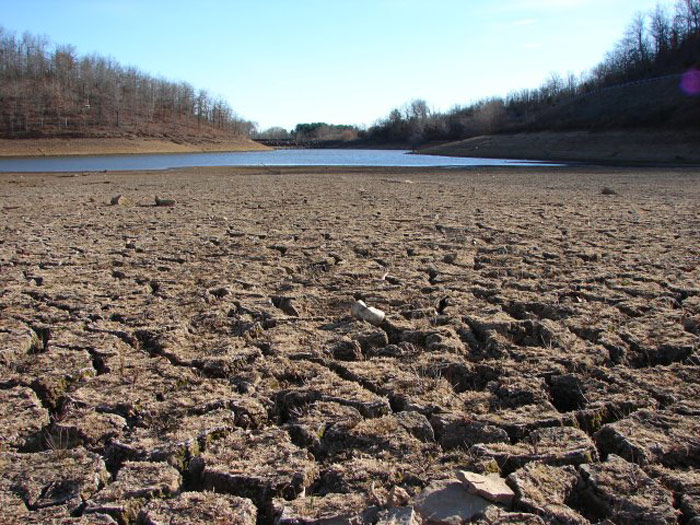With nearly four months still to go in 2023, the U.S. has already set a record for the most natural disasters that have cost $1 billion or more in a single year.
By: Cristen Hemingway Jaynes
Since 1980, there have been 371 climate– and weather-related disaster events in the U.S. with costs and damages reaching or exceeding $1 billion, a press release from the National Oceanic and Atmospheric Administration’s National Centers for Environmental Information (NCEI) said. The estimated costs include a consumer price index adjustment. Altogether these disasters cost more than $2.6 trillion.
This year, there have been 23 confirmed climate and weather-related disasters in the U.S. that killed a total of 253 people and resulted in losses of more than $1 billion each. These included 18 severe storms, two floods, one winter storm, one hurricane and one wildfire.
Potential billion-dollar events from 2023 include the Southern and Midwest Drought across numerous states from Missouri to Texas, as well as August’s Tropical Storm Hilary.
The annual average number of disasters that cost $1 billion or more from 1980 to 2022 is 8.1, while the average from 2018 to 2022 is 18. This jump has put pressure on organizations providing disaster services.
“The climate has already changed, and neither the built environment nor the response systems are keeping up with the change,” said Craig Fugate, the former director of the Federal Emergency Management Agency, as The Guardian reported.
In calculating the estimated total cost of these disasters, more than a dozen private and public sources of data were used. The total direct costs take into account the physical damage to buildings, including residential, municipal and commercial; assets within those buildings; loss of living quarters or time lost due to the interruption of businesses; damage to boats and vehicles; damage to public assets like bridges, roads and offshore energy platforms; agricultural and commercial timber losses; and the costs associated with wildfire suppression.
According to NCEI, the estimates should be viewed as conservative because it is impossible to measure them completely due to a lack of consistent data, and because they do not account for things like the loss of “natural capital,” environmental degradation, healthcare costs and supply chain interruptions.
Last month, eight billion-dollar disasters were added, including the Hawaii wildfires and Hurricane Idalia, reported The Guardian.
Before this year, the record for extreme weather events that cost a minimum of $1 billion was 22 in 2020.
According to NCEI, this year’s total costs have already exceeded $57.6 billion.
“But there are things we can do to reverse the trend,” said Chris Field, a climate scientist at Stanford University, as The Associated Press reported. “If we want to reduce the damages from severe weather, we need to accelerate progress on both stopping climate change and building resilience.”

Cristen is a writer of fiction and nonfiction. She holds a JD and an Ocean & Coastal Law Certificate from University of Oregon School of Law and an MA in Creative Writing from Birkbeck, University of London. She is the author of the short story collection The Smallest of Entryways, as well as the travel biography, Ernest’s Way: An International Journey Through Hemingway’s Life.










